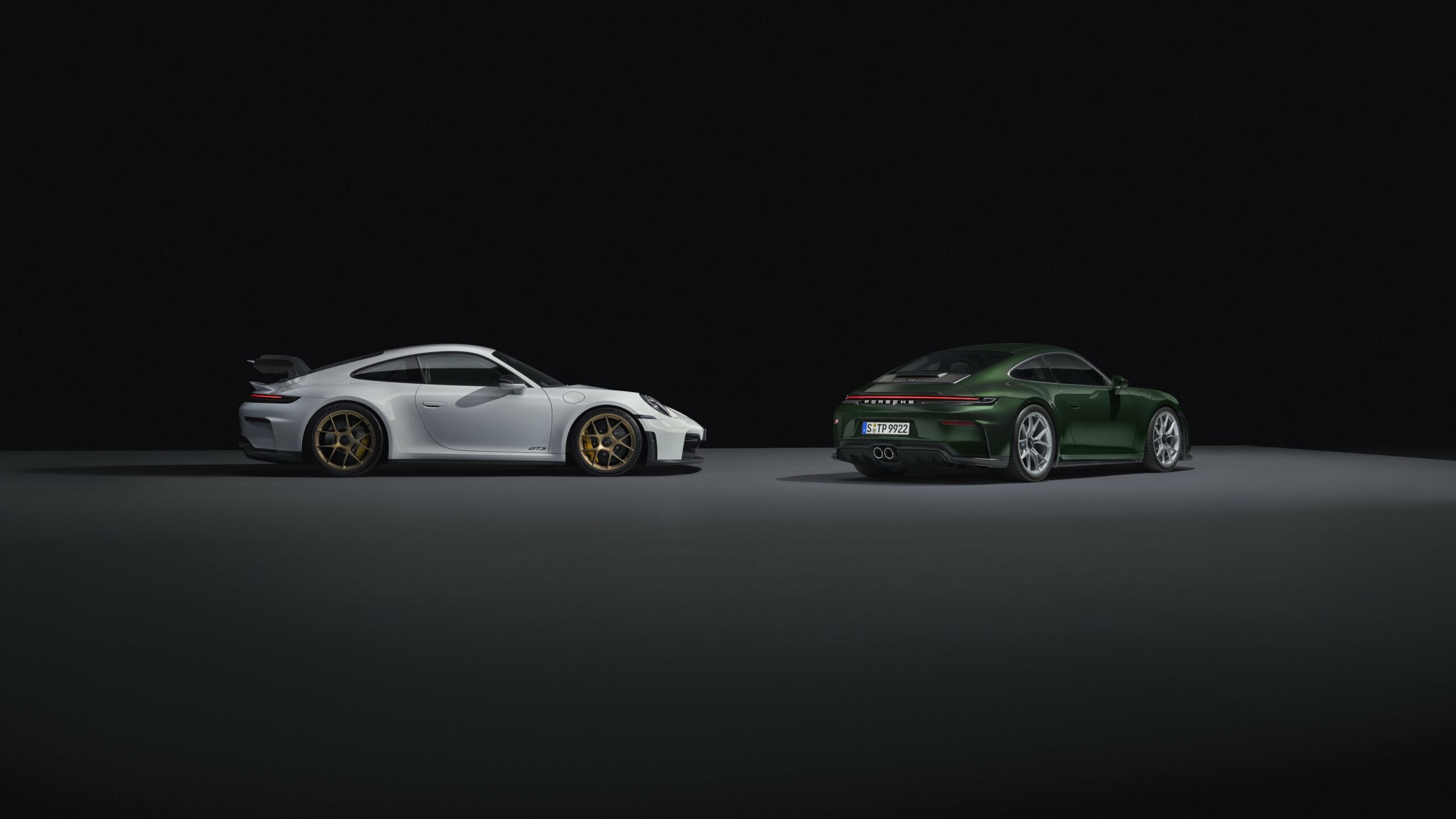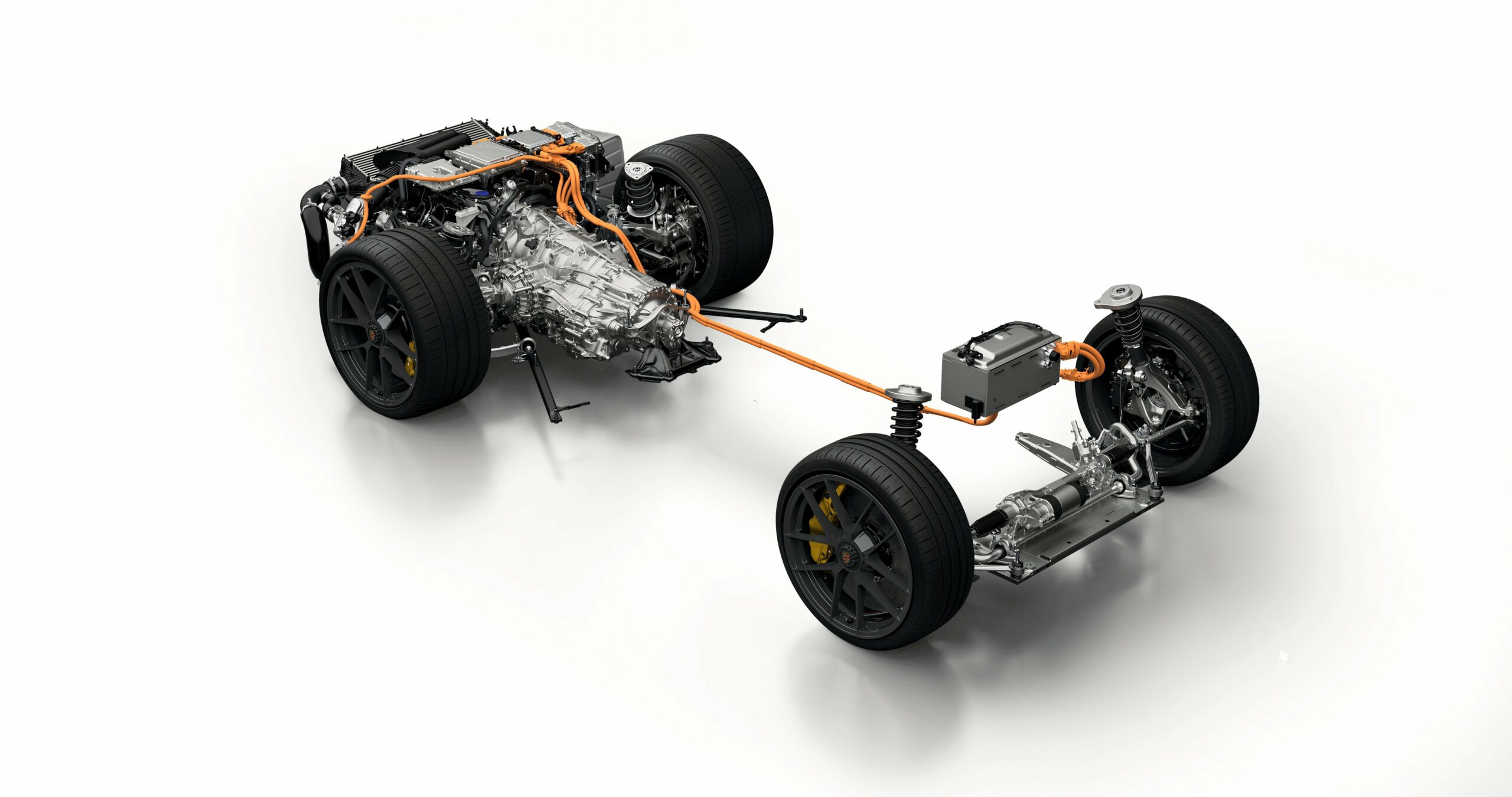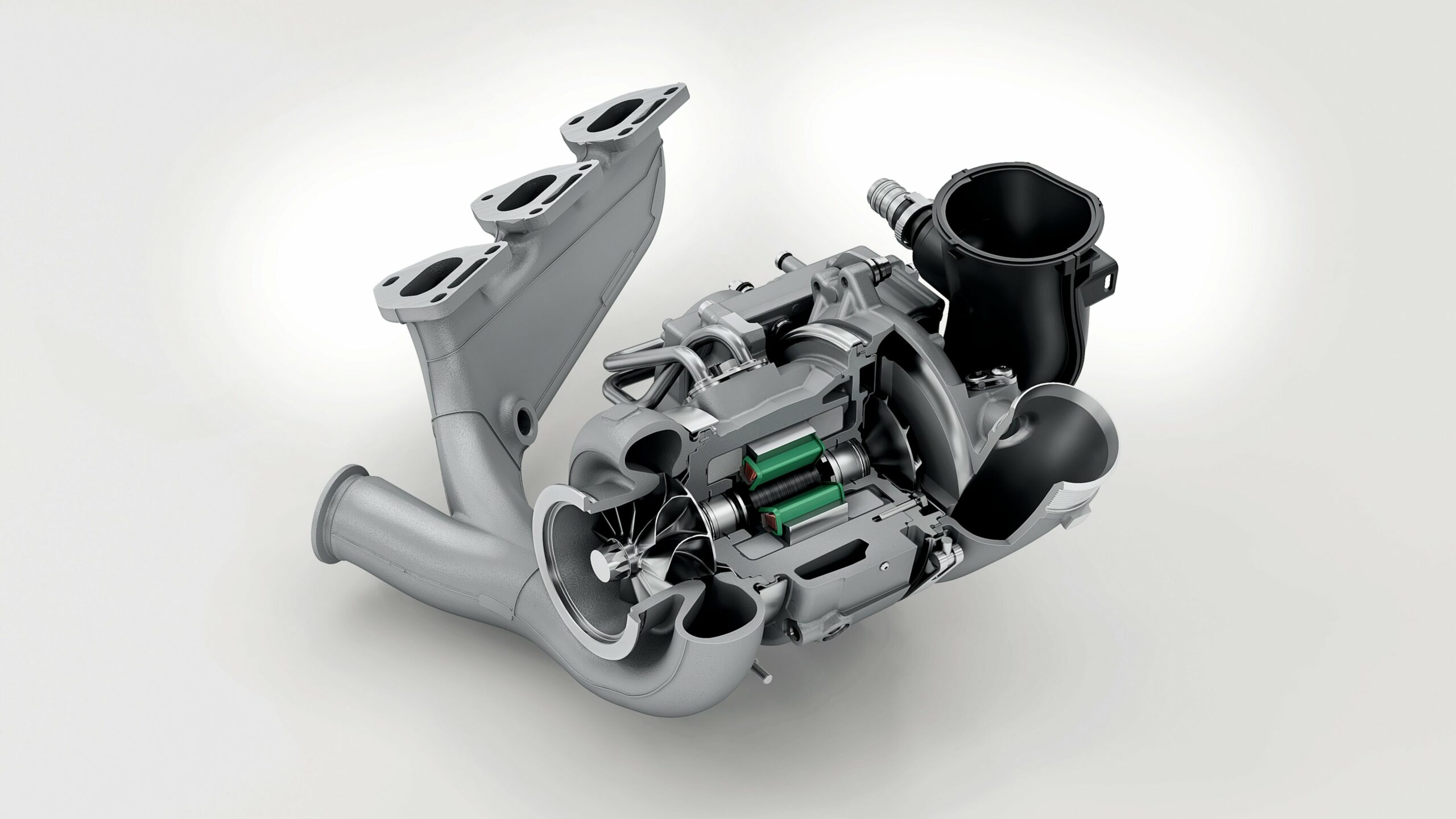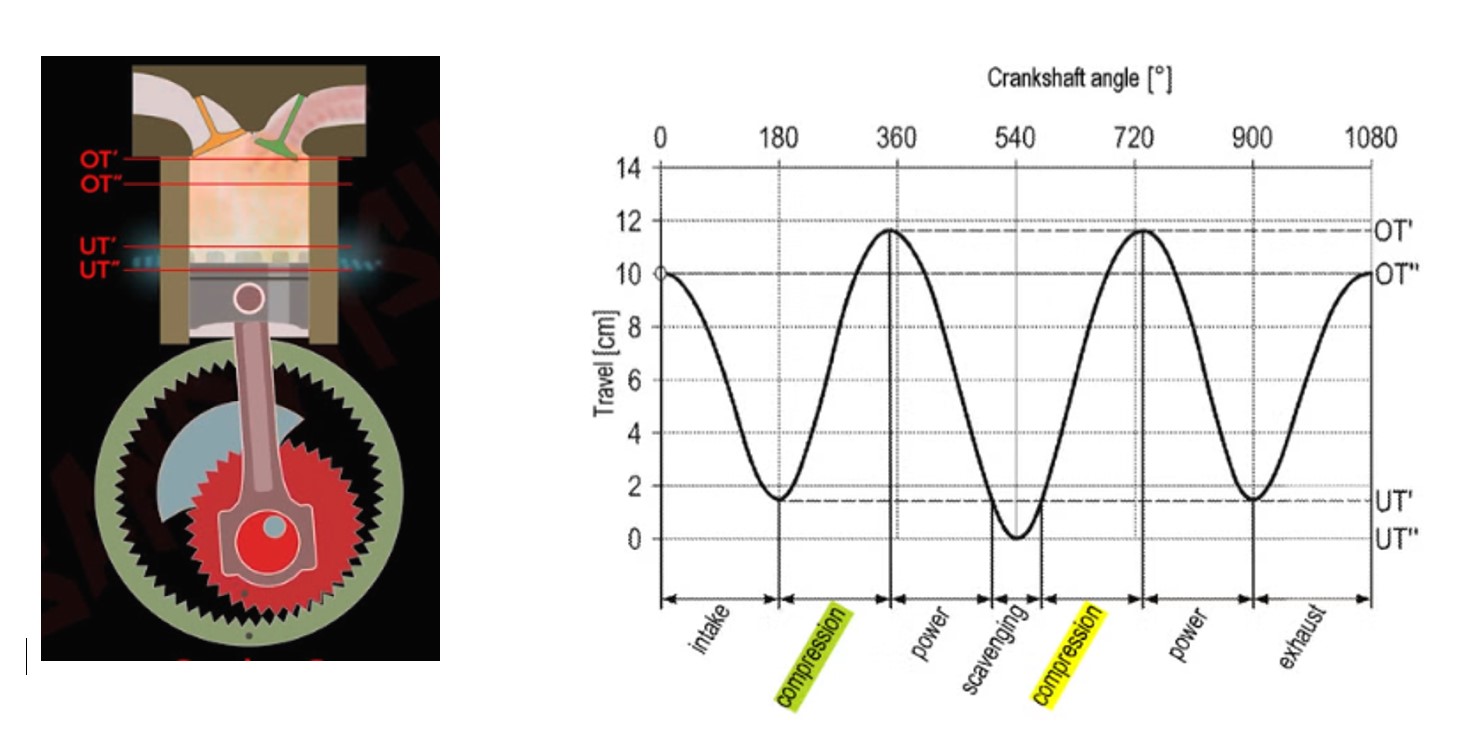
Keeping The Internal Combustion Engine Alive
Porsche investing in ICE technology for the future?
With so much talk of future bans to traditional internal combustion engine (ICE) powered cars within the next decade, even the most devoted petrolhead could lose the love for the upcoming Porsche models.
However, Porsche has made their position clear in that while it may be in the midst of pushing development with electric vehicles, it still intends to remain loyal to internal combustion engine vehicles if that’s what buyers want.
Porsche CFO Lutz Meschke was reported to acknowledge, “A lot of customers in the premium and luxury segment are looking in the direction of combustion-engined cars”.
It would appear that Porsche are continuing to further their engine and drivetrain developments, to keep the ICE heritage alive. Here are three technological solutions that Porsche have been working upon.

‘T-Hybrid’ system
The 2024/25 model 992.2 GTS is the first 911 to run with the T-Hybrid system. The T-hybrid was a derivative of systems tested in racing, with the massive bonus of it being lightweight and compact.
The car has a one electric motor placed between the turbo compressor and the turbine wheel. This allows the electric motor to eliminate turbo lag by boosting the turbine spool up through the high inertia phase at low RPM. Then at higher RPM, the flow of air passing through, allows it to work as a generator, creating around 15bhp. By having a single turbo, it saves weight, complexity and with the T-hybrid provides better throttle response.
There is a second motor integrated into the gearbox which even at idle gives 150nm of torque and a 40kw (circa 50bhp) power hike. The power generated by the two motors is stored into a lightweight battery and used on demand. Aspects such as the air con and belt driven ancillaries can then be run by the battery, saving load on the engine meaning it can be smaller and is accordingly using less fuel.
In summary, the T-Hybrid means the GTS is 60bhp up on the old GTS, produces less CO2 and is only 50kg heavier. A clever utilisation of Hybrid technology to support the combustion engine.

GT3 Engine evolution – a mindset
For Porsche to continue selling the GT3 with a naturally aspirated 9,000rpm engine, the engineers had to significantly reduce emissions from that of the 992.1 GT3, but with the desire to retain all the characteristics of this well loved and durable engine. In true Porsche fashion, this was done by continual improvement. Something that has run through the DNA of every car they have built and will continue to build going forwards. Rather than accept defeat like some other manufacturers, they have committed their best minds to solving the problem.
In this example Porsche redesigned the cylinder heads to be more efficient at getting air into and out of the combustion chamber, changed the cam shafts to RS spec and revised the throttle bodies and oil coolers. Although the bulk of the emissions reduction was taken care of by the modified exhaust system, but it just shows how rather than accept defeat a solution was found. Needless to say, if you were to upgrade your exhaust on one of these, there would be some significant gains we would expect!

Six-stroke engine (patented in 2024)
Currently at the time of writing (November 2024), no production car or Porsche runs a six-stroke engine. The basic premise to a six-stroke engine is that during one power cycle it will mix fuel and air twice rather than once. This will mean two power strokes per three revolutions of the crankshaft. A traditional four-stroke engine runs one power stroke every two revolutions. ‘Suck and ‘Squeeze’ in one revolution and ‘Bang’ and ‘Blow’ in the other.
This clearly creates some extra complexity internally with a concentric mounting position for the con rod and also a ring gear that allows, amongst other things, continual adjustment of compression ratio whilst running. As well as generating more power, the emissions are reduced as a reasonable amount of exhaust gases and any unburnt fuel from the first combustion gets fired again as part of the second power cycle. The exhaust gasses present in the second power stroke reduces the ultimate power potential; however, the engine design is expected to give circa 25% more power over a four-stroke engine of same capacity. Fuel consumption is improved, and the engine design is also relatively compact and lightweight compared to traditional four-stroke engines of the same power.
For us petrol heads it will mean having our cake and eating it, with less emissions and more power. How and when Porsche introduces this into production is currently unknown.

Interesting fact: The six-stroke engine was first developed in the early 1900’s but not used at the time as the technology to optimise performance was not available, nor was the environmental legislation to improve emissions a driver.



